【FOCUS】Why these five cities won the 5th Guangzhou Award?
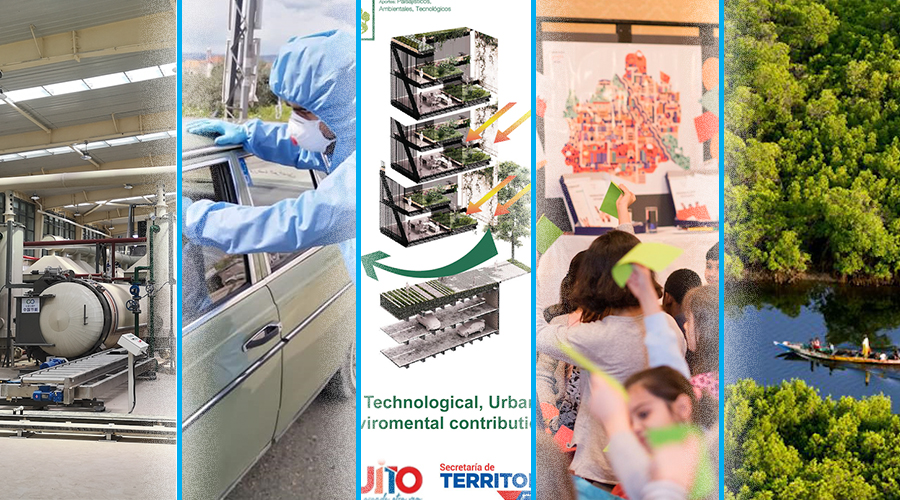
The 5th cycle of the Guangzhou Award received 273 initiatives from 175 cities of 60 countries and regions. From November 8th to 11th, all shortlisted cites gathered for the 5th Guangzhou Award International Seminar on Learning from Urban Innovation. 5 of them stood out for their capacity to enhance new policies and strategies and won this year’s Guangzhou Award.
The winners are: Chongqing, China; Union of Dannieh Municipalities, Lebanon; Quito, Ecuador; Vienna, Austria; and Saint Louis, Senegal. Why did they win the award? Why the Jury selected these cities? What Sustainable Development Goals did they address?
Chongqing, China
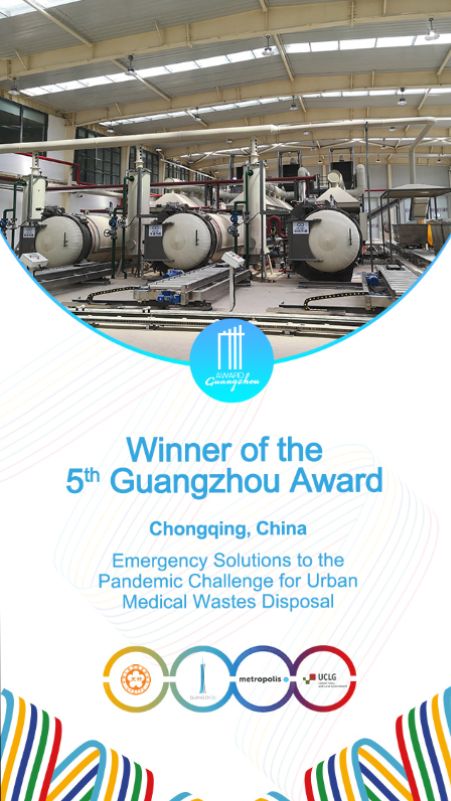
During the COVID-19, with close cooperation between government and enterprises, Chongqing has effectively handled its medical waste and facilitated Wuhan’s medical waste through institutional and technological innovation. This initiative has made significant contributions to the COVID-19 control and the green development. It shows that urban innovation is not only a powerful engine for green and sustainable development but also an essential means for pandemic prevention and control.
Why Chongqing?
With its outstanding leadership, Chongqing government realizes the collaboration between public and private institutions in response to the emergency, overcoming obstacles and difficulties brought by the traditional division of administrative jurisdictional and sectorial prerogatives. In addition, Chongqing applies lessons-learned against the previous pandemic (SARS) to provide timely assistance to Wuhan to deal with COVID-related waste disposal in a record time (14 days).
SDGs Addressed:
SDG3: Good Health and Well-being: Ensure healthy lives and promote well-being for all at all ages;
SDG6: Clean Water and Sanitation: Ensure access to water and sanitation for all;
SDG9: Industry, Innovation, and Infrastructure: Build resilient infrastructure, promote sustainable industrialization and foster innovation.
Union of Dannieh Municipalities, Lebanon
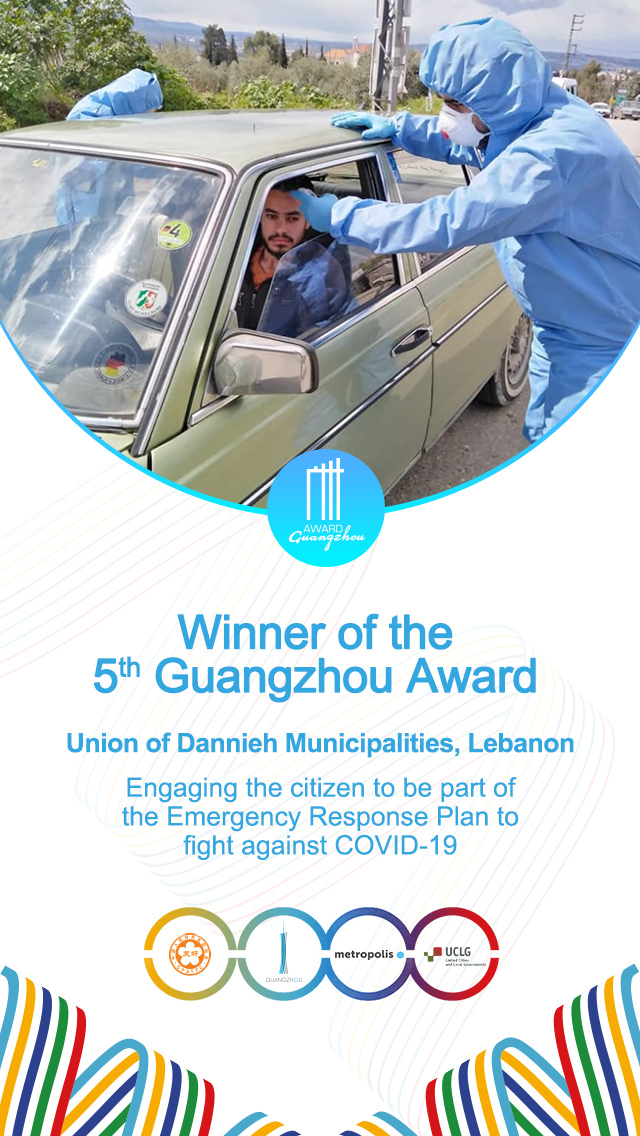
Facing the impact of COVID-19, the Union of Dannieh Municipalities establishes an Emergency Response Plan with 15 youth volunteer committees, making up for the funding and labor shortage. With the committees’ cooperation, the initiative gives full play to the citizens’ engagement and young people’s belongingness, encouraging citizens to actively demonstrate their abilities and skills to fight against the pandemic.
Why Union of Dannieh Municipalities?
The initiative has unified 15 committees to collaborate in addressing the crisis. It involves youth and citizens by giving them opportunities to play a role in their community and be responsible for themselves and others. Additionally, it uses social media and other tools to engage the citizens and connect those in need to available community resources. These citizen volunteers now have a greater sense of belonging to the union. The initiative has grown substantially since the beginning of the crisis and can be replicated within the country and the region.
SDGs Addressed:
SDG3: Good Health and Wellbeing: Ensure healthy lives and promote well-being for all at all ages;
SDG8: Decent Work and Economic Growth: Promote inclusive and sustainable economic growth, employment and decent work for all;
SDG10: Reduced Inequalities: Reduce income and other inequalities, within and among countries;
SDG11: Sustainable Cities and Communities: Making cities inclusive, safe, resilient, and sustainable;
SDG16: Peace, Justice and Strong Institutions: Promote just, peaceful and inclusive societies.
Vienna, Austria
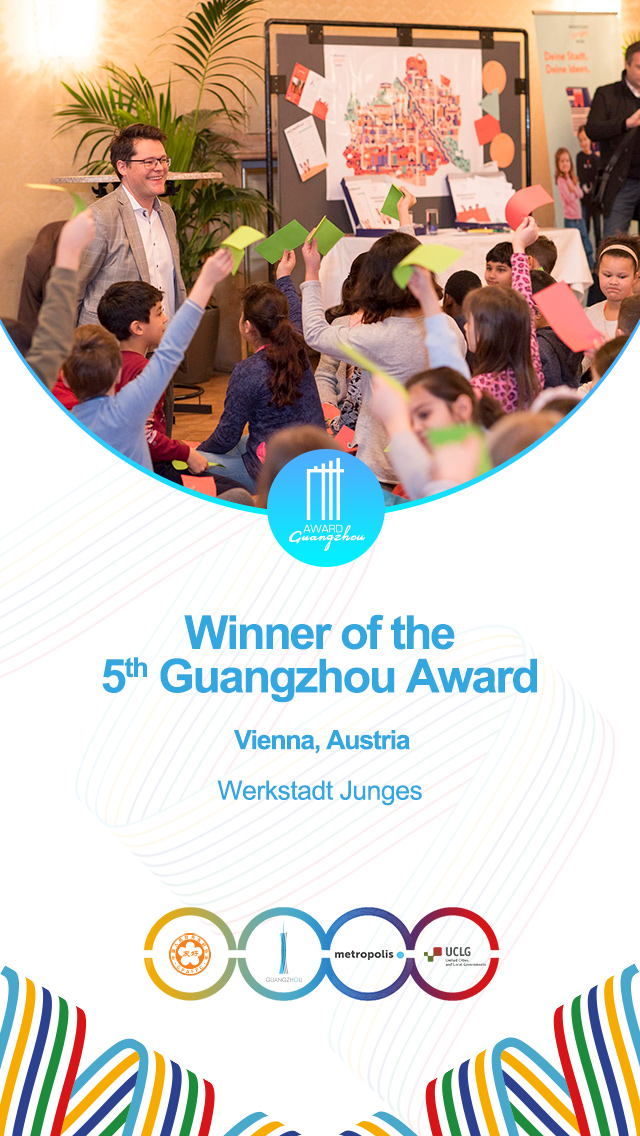
The initiative focuses on children and youth. The City Government of Vienna engages children and youth of all ages and backgrounds in this initiative, including some marginalized groups. In today’s world, it is not easy to get a wide range of young people to participate in a project and articulate their ideas for the city freely. Thus, this case is commendable because it put social inclusion of all children and youth at the heart of policy-making and city administration.
Why Vienna?
1. The initiative focuses on the involvement of young people in local activities as a binding commitment for them to develop ownership in local and overall democracy and to improve city decisions;
2. It includes marginalized groups in a unique way;
3. It involves many different departments of the municipality, which now integrate children and youth concerns in their respective agendas and work.
SDGs Addressed:
SDG3: Good Health and Well-being: Ensure healthy lives and promote well-being for all at all ages;
SDG4: Quality Education: Ensure inclusive and equitable quality education to enable upward social mobility;
SDG10: Reduced Inequalities: Reduce income and other inequalities, within and among countries;
SDG16: Peace, Justice and Strong Institutions: Promote just, peaceful and inclusive societies.
Quito, Ecuador
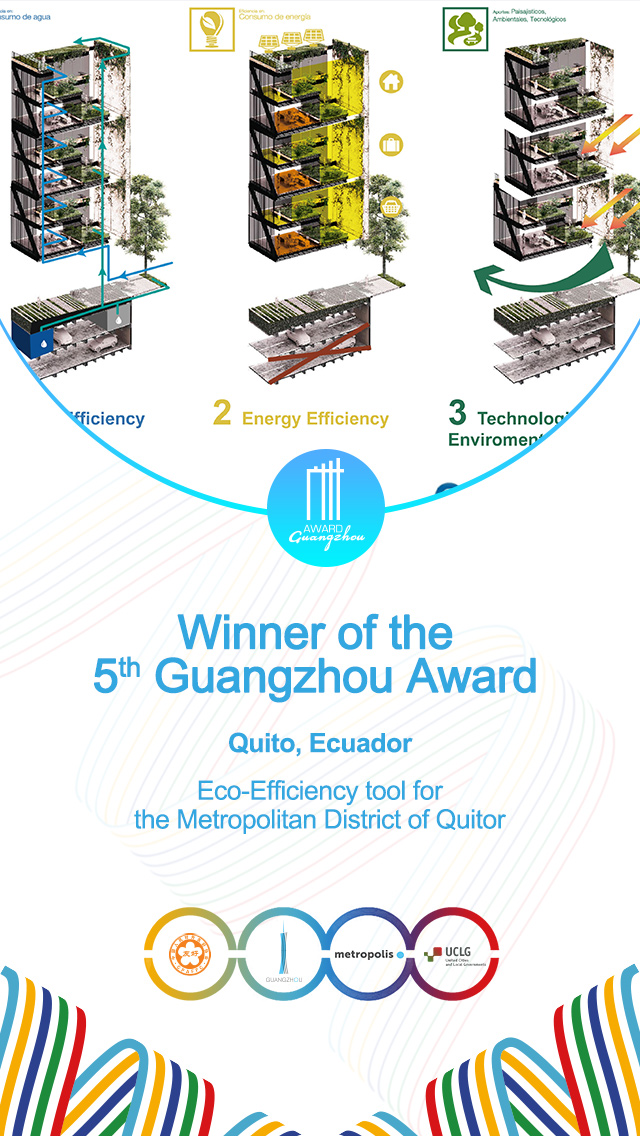
The Eco-Efficiency Ordinance for the Metropolitan District of Quito provides affordable housing and incentivizes high-density “green” buildings on key transport nodes. It not only curbs urban expansion but also bolsters community and developer support for green building construction. The initiative, meanwhile, finds ways to calculate and recover the uplift generated by development in designated areas relying on partnerships with community leaders and universities that determines the parameters of local plans around transit stations. The green buildings around metro stations also better control the pressure brought by increasing density and bring the more equitable distribution of the financial benefits.
Why Quito?
Quito embraces the latest approaches, which are adapted from examples in neighboring countries like Brazil and Colombia, to promote transit-oriented development and land value capture as a form of project financing. The Eco-Efficiency tool for the Metropolitan District of Quito is innovative in that it is a purposeful combination of environmental, transport, housing, and public financing objectives and planning innovations. The use of land value capture also signals the city’s determination to ensure that the public and private sectors equitably share the benefits and burdens of urban development.
SDGs Addressed:
SDG3: Good Health and Well-being: Ensure healthy lives and promote well-being for all at all ages;
SDG6: Clean Water and Sanitation: Ensure access to water and sanitation for all;
SDG12: Responsible Consumption and Production: Ensure sustainable consumption and production patterns;
SDG13: Climate Action: Take urgent action to combat climate change and its impacts.
Department Council of Saint Louis, Senegal
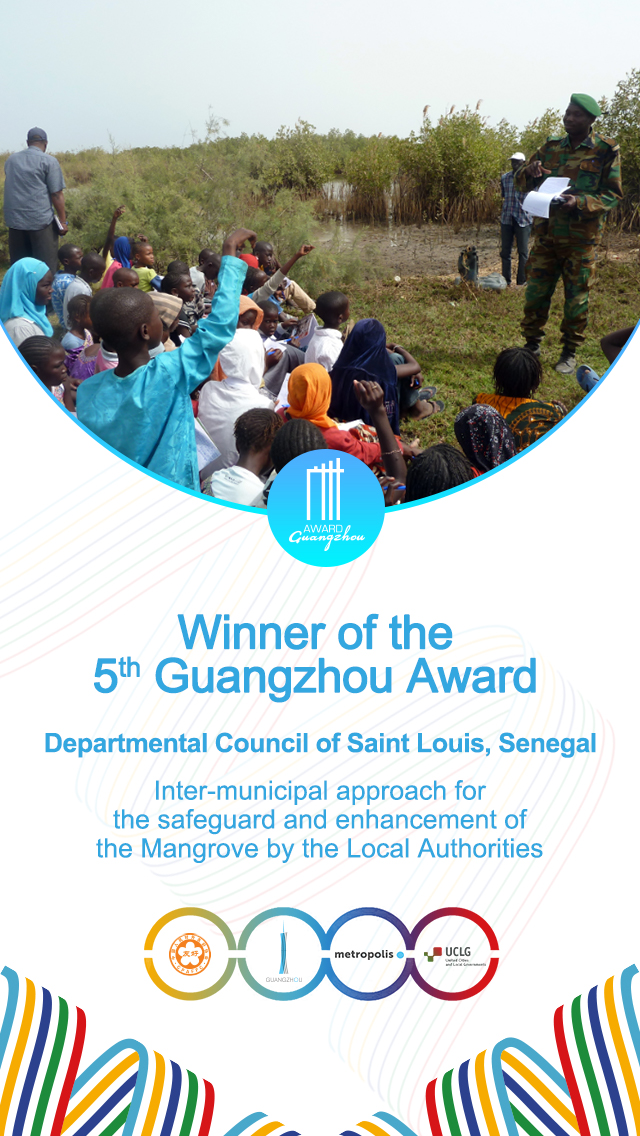
Five government agencies of Senegal have jointly adopted an inter-municipal approach to safeguard mangrove ecosystems. Engaging young people in mangrove conservation and homeland protection, the initiative is beyond the narrow concept of environmental governance. It has formed a multi-stakeholder ecosystem and strategic partnerships, which assembles local authorities, private sectors, and community-based organizations.
Why Department Council of Saint Louis?
The Jury selected the St. Louis initiative for several reasons. While a non-governmental organization first conceived the initiative, the municipality embraced the initiative and enabled the initiative to grow beyond its environmental objectives to empower low-income groups, especially women, to improve their livelihoods and income. This further led the initiative to cross borders and to induce a coordinated response to mangrove preservation by municipalities in neighboring countries.
SDGs Addressed:
SDG12: Responsible Consumption and Production: Ensure sustainable consumption and production patterns;
SDG13: Climate Action: Take urgent action to combat climate change and its impacts;
SDG14: Life Below Water: Conserve and sustainably use the oceans, seas and marine resources;
SDG15: Life on Land: Sustainably manage forests, combat desertification, halt and reverse land degradation, halt biodiversity loss.


 In Focus | World Cities Day: People-Centred Smart Cities
In Focus | World Cities Day: People-Centred Smart Cities City Stories | Fostering community resilience: A lifeline for the Central African Republic
City Stories | Fostering community resilience: A lifeline for the Central African Republic In Focus | Innovative Education, Empowering Futures
In Focus | Innovative Education, Empowering Futures




















 Tel: +86 020 3780 4434
Tel: +86 020 3780 4434 Email: info@guangzhouaward.org
Email: info@guangzhouaward.org Adress: Unit 01-7, 28th Floor, No. 7, Chunrong 3rd Road, Tianhe District, Guangzhou, Guangdong, 510000, PRC
Adress: Unit 01-7, 28th Floor, No. 7, Chunrong 3rd Road, Tianhe District, Guangzhou, Guangdong, 510000, PRC




